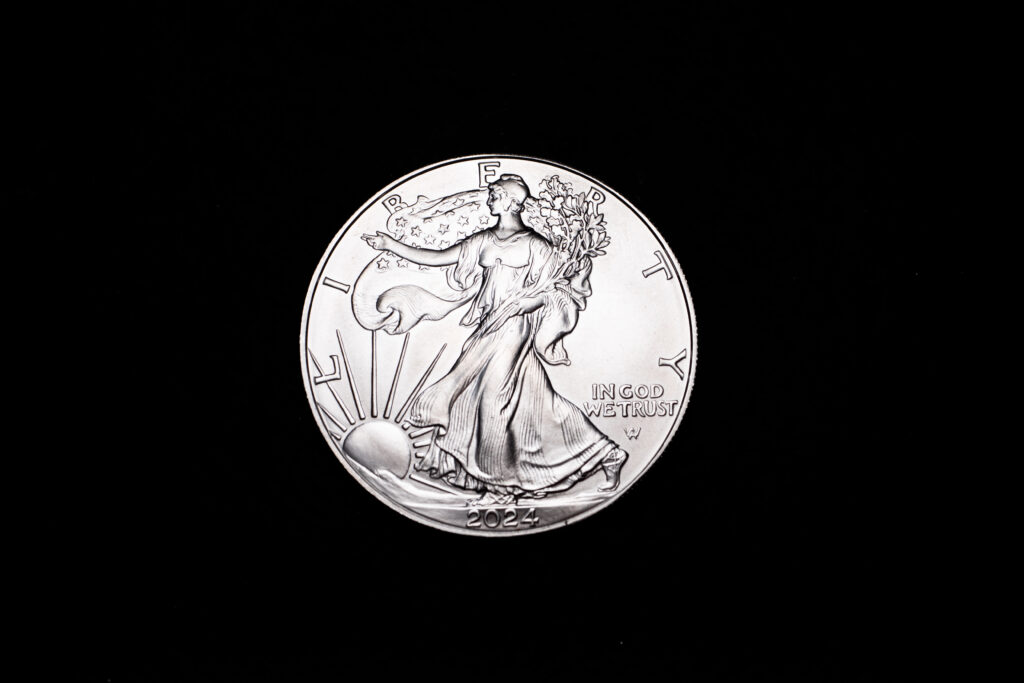The Rise and Fall of the Gold Standard
The Rise of the Gold Standard
We are no longer on a gold standard. In 1971, Richard Nixon took the US dollar off the gold standard. The US dollar was back by gold. Every ounce of gold was at a fixed rate of $35. After Richard Nixon took the dollar off the gold standard in 1971, the US dollar was no longer backed by gold. He separated gold and the US dollar. This means they can print as much money as they wanted which turned the US dollar into Fiat money. Gold is around $2,400 an ounce in 2024 and the US dollar looses value everyday because the more money they print, the less valuable it will become.
The gold standard, a monetary system where a country’s currency or paper money has a value directly linked to gold, emerged in the 19th century. Countries committed to converting their currency into a fixed amount of gold. This system provided stability in international trade by ensuring that the exchange rates between different currencies were fixed.
- Early Adoption: The United Kingdom was the first major economy to adopt the gold standard in 1821. By the late 19th century, most industrialized nations had followed suit.
- International Gold Standard: By 1871, Germany’s adoption of the gold standard marked the beginning of the global gold standard era. This system facilitated global trade and investment by reducing exchange rate risks.

Impact on Global Economies
The gold standard influenced global economies in several key ways:
- Price Stability: The gold standard helped maintain price stability in the long term by limiting the ability of governments to print money excessively.
- Economic Growth: By providing a stable monetary environment, the gold standard facilitated international trade and investment, contributing to global economic growth.
- Deflationary Pressures: However, the gold standard also imposed deflationary pressures, as the supply of gold could not always keep pace with economic growth, leading to periods of economic stagnation.
The Fall of the Gold Standard
The gold standard began to unravel in the early 20th century due to several factors:
- World War I: The outbreak of World War I in 1914 forced many countries to abandon the gold standard to finance military expenditures through currency devaluation and increased debt.
- Interwar Period Instability: The interwar period saw attempts to return to the gold standard, but these were fraught with economic instability, high unemployment, and deflation.
- Great Depression: The Great Depression of the 1930s dealt a severe blow to the gold standard. Countries increasingly abandoned it to regain control over their monetary policies and stimulate their economies.
- Bretton Woods System: In 1944, the Bretton Woods Conference established a new international monetary system, pegging currencies to the US dollar, which was convertible to gold. This system lasted until 1971 when the US suspended gold convertibility, marking the end of the gold standard era.
The Debate on Returning to the Gold Standard
Arguments For the Gold Standard

- Monetary Stability: Proponents argue that the gold standard would restore long-term price stability by preventing excessive money printing and inflation.
- Fiscal Discipline: By tying currency issuance to gold reserves, governments would be compelled to exercise greater fiscal discipline and avoid excessive debt.
- Confidence and Trust: A gold-backed currency is perceived as more trustworthy, potentially restoring public and investor confidence in the monetary system.
Arguments Against the Gold Standard
- Limited Flexibility: Critics argue that the gold standard restricts monetary policy flexibility, making it difficult to respond to economic crises, such as recessions or financial shocks.
- Deflation Risks: A return to the gold standard could reintroduce deflationary pressures, as the supply of gold may not keep pace with economic growth, leading to reduced investment and higher unemployment.
- Economic Inefficiency: The gold standard could hinder economic growth by tying money supply to gold production, which is influenced by factors unrelated to economic needs.
- Global Coordination Challenges: Re-establishing a global gold standard would require unprecedented international coordination and cooperation, which may be difficult to achieve in today’s diverse and politically fragmented world.
The debate over the gold standard continues, with passionate arguments on both sides. While some see it as a path to monetary stability and fiscal discipline, others view it as a restrictive and outdated system ill-suited to the complexities of the modern global economy.